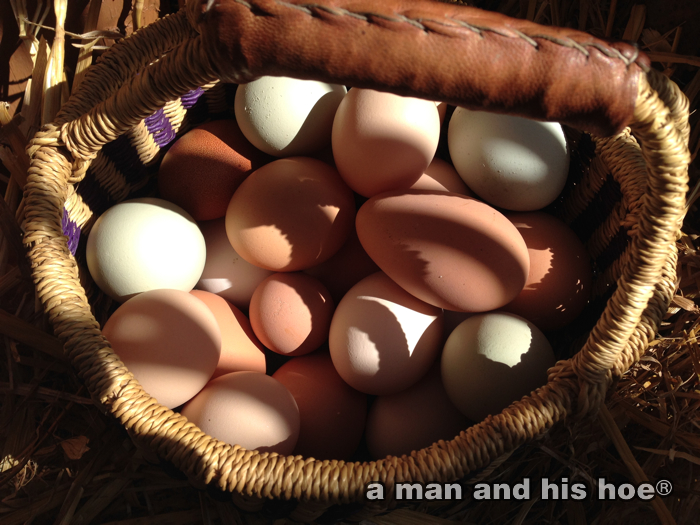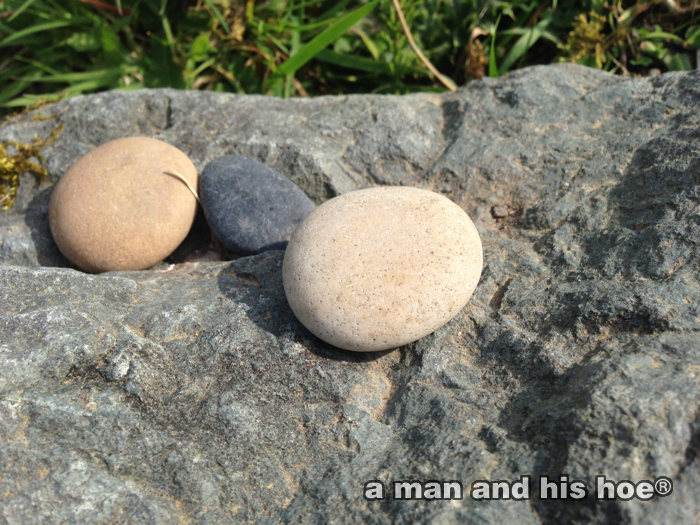Your cart is currently empty!
Month: April 2014
-
First Post Child Rearing Egg
Hens lay special eggs at times. There is the very first egg they lay, which is a tiny egg. There is the first egg they lay after their winter lull. These eggs also tend to be smaller. And then there is the first egg they lay after raising chicks. And today this mother laid her first egg after raising chicks for three weeks. That is on the early side. Most hens take more than a month before they go back to laying eggs.
I get the sense that this mother may not be raising her chicks much longer. They are getting very independent and at times during the day they stray tens of feet from her. When she was up on the nest laying her egg, her five chicks huddled together and waited patiently for her to come back down.

-
Egg Day
Today is Thursday, the day I deliver eggs to Tweets in Edison, WA. Most of the eggs are destined for their kitchen and many will end up on the breakfast plates of lucky customers. A few cartons are available for sale, so if you want eggs laid April 16 and 17, and are headed to Tweets this weekend, this is your chance to snatch them before anyone else does. It’s also your opportunity to see how refined your palette is. Can your tongue taste the difference between an egg laid on the 17th versus the 16th? When you buy eggs from a man and his hoe®, you’ll always know when your egg was laid, and often which hen laid it.
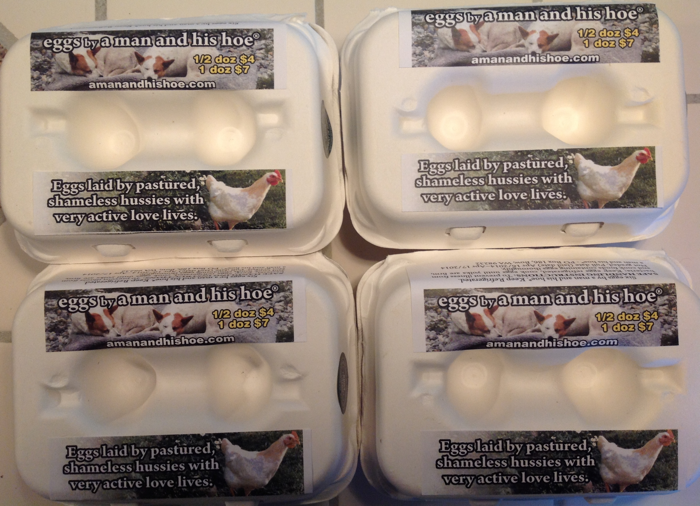

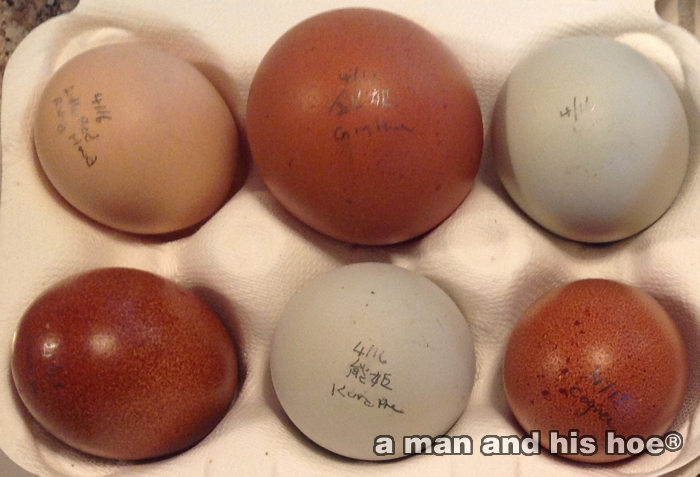
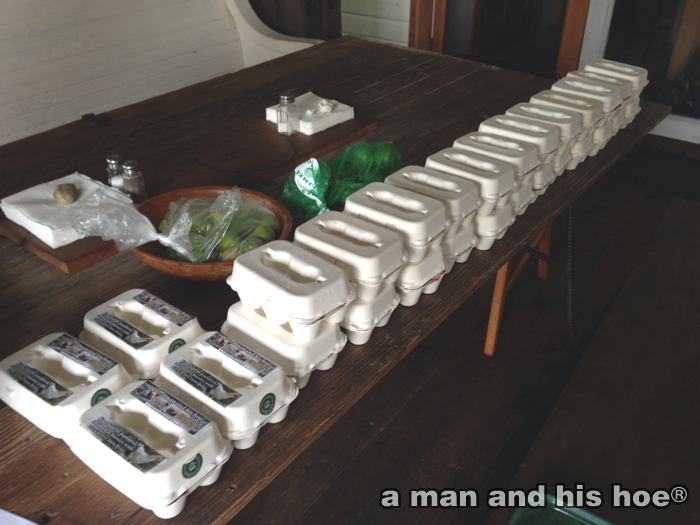
-
Liquid Gold
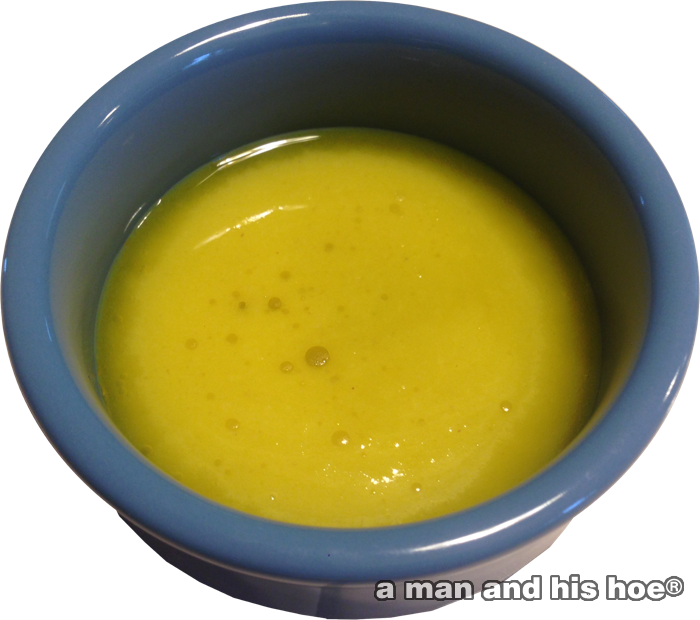
A remarkable feature of the chickens from a man and his hoe® is the golden fat on the birds. It’s more like oil or butter than the fat you find on beef and pork. At room temperature it is liquid and makes a delicious fat for frying. -
Popup Garden
While out plotting new vegetable plots for this year’s planting, I stumbled on this exquisite miniature garden. The tiny, fresh leaves were dotted with fresh raindrops.
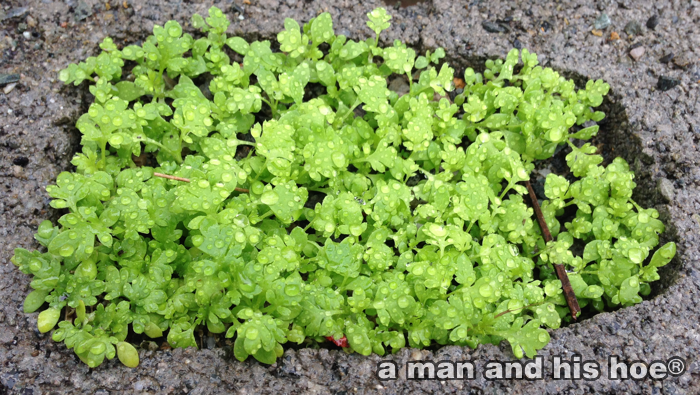
From a distance, it’s easy to miss the beauty nature poured into a cement block.

But up close, it’s every bit as calming as sitting on the veranda of Nanzenji in Kyoto. If you ever make it to Kyoto, Nanzenji 南禅寺 is a temple worth visiting, though with more than a thousand temples in Kyoto, and with hundreds you just have to see, you might think of planning a very long vacation there.
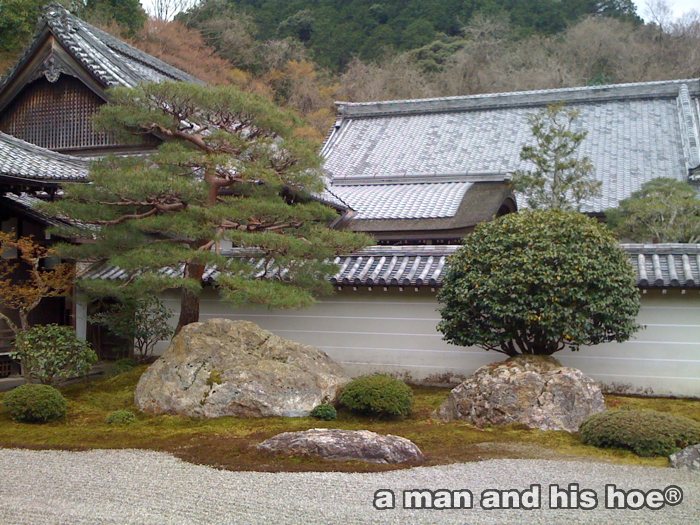
Not to be outdone is the garlic patch here at a man and his hoe®. You don’t have to get on a plane and travel across the world to encounter exquisite beauty. Sometimes you just need to look down and see what’s growing at your feet.
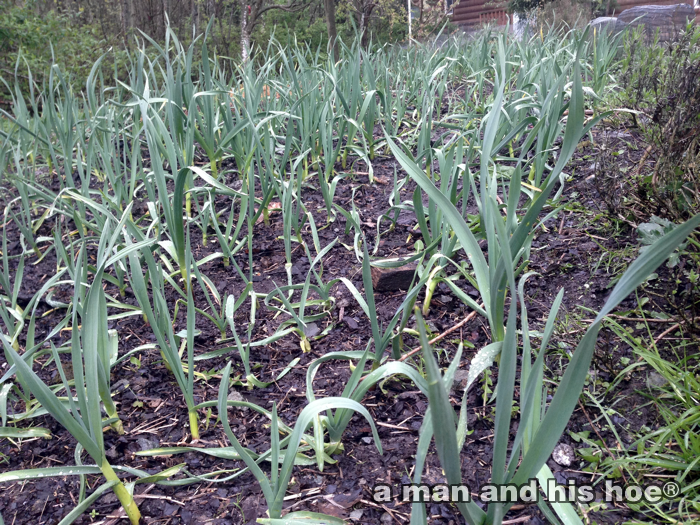
-
Living in an Outdoor Museum
No matter how busy we get, there’s always time to enjoy beauty. It only takes a second or two.

